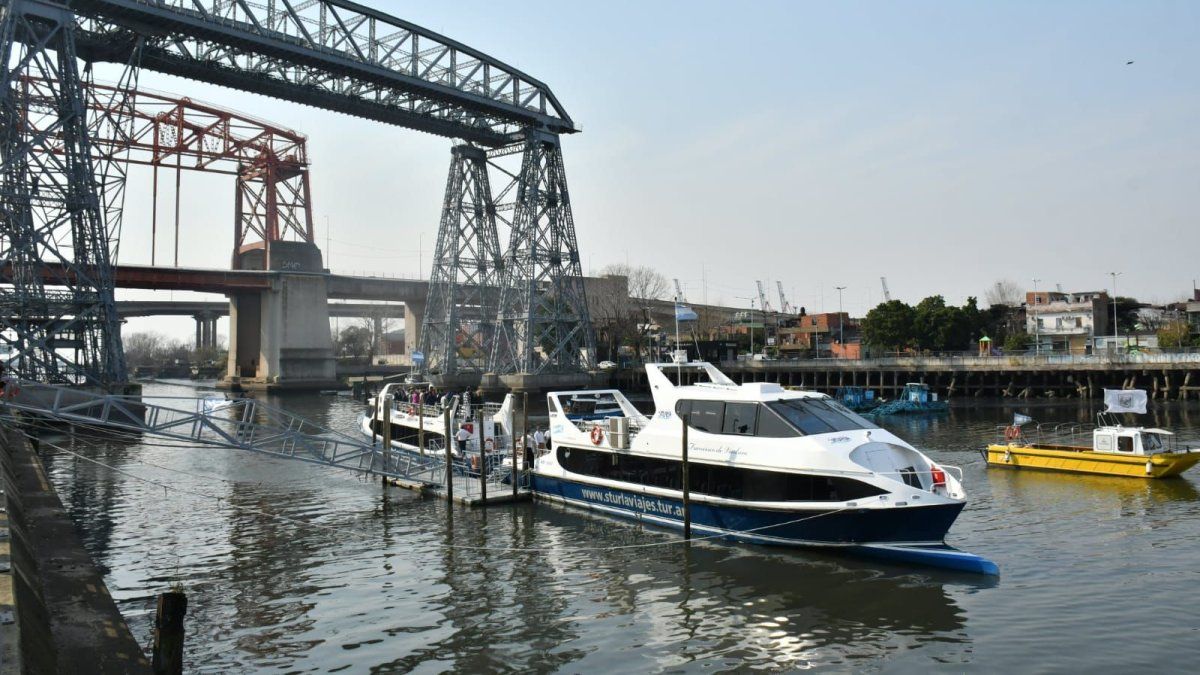The Court understood that his role in this lawsuit culminated with the approval of the Comprehensive Environmental Sanitation Plan (PISA) and the creation of the Matanza Riachuelo Basin Authority (ACUMAR). “The intervention of this Court has fulfilled its purpose of generating the structural reform that was essential to align the activity of the State with the principles and rights enshrined in the Constitution,” said the judges.
The resolution signed by Horacio Rosatti, Carlos Rosenkrantz, Juan Carlos Maqueda and Ricardo Lorenzetti noted that “this type of process is considered completed from the perspective of the performance of this Court, once: (i) the goals to be met have been clearly defined; and ii) the body in charge of its management has been established instrumentation”.
Based on these parameters, “the proposed institutional objectives by the sentence of this Court are fulfilled with the approval of PISA – which sets the objectives to be carried out to achieve the recomposition of the collective good – and with the creation of the ACCUME in charge of its compliance,” the high court said.
In that sense, he stressed that “once the plan is in operation, it is ACCUME the one who is in a position to execute the public policy that develops the constitutional mandate of guaranteeing a healthy environment, balanced and suitable for human development”.
The Supreme Court and the claim for the contamination of the Riachuelo
He On July 14, 2004, 17 people appeared before Justice with a demand for recomposition and, in the event of irreversibility, compensation for the collective environmental damage caused as a consequence of the contamination of the Matanza Riachuelo River Basin. The action was directed against State National, the Province of Buenos Aires, the Government of the City Autonomous of Buenos Aires and 44 companies.
The actors demanded, on the one hand, the recomposition of the damaged environment and, in those cases in which this is not technically possible, compensation for collective damage. On the other, the repair of particular damages suffered as a consequence of environmental damage collective.
On June 20, 2006, the Court delimited the claims and understood that only the recomposition of the property of collective incidence, configured by environment, leaving aside economic reparation.
On August 28, 2006, the Nation, the province of Buenos Aires, to the City and the mayors of Lanús, Avellaneda, Lomas de Zamora, Esteban Echeverría, La Matanza, Ezeiza, Cañuelas, Almirante Brown, Morón, Merlo, Marcos Paz, President Perón, San Vicente and General Las Herassigned an agreement by which they undertook to provide their most absolute support to the bill sent by the Executive Branch to the Congress, through which the creation of the ACCUMAR.
On February 6, 2007 the Court required the defendant states to report on the measures adopted and fulfilled in terms of prevention, recomposition and of environmental audit, those related to the environmental impact assessment linked to the defendant companies; the actions carried out regarding the industrial and population sectors and those related to health care and prevention.
After a succession of hearings, on July 8, 2008, the Court issued the final sentence linked to the recomposition and prevention of environmental damage collective and decided to delegate the execution of what was provided therein to a federal judge of first instance.
On December 19, 2012, The execution of the sentence was divided into two magistrates. After this sentence was handed down, on repeated occasions the Court requested the parties and the intervening magistrates updated reports regarding the degree of compliance with the resolution and ordered public hearings to be held.
Finally, on April 9 of this year, he requested the ACCUME to accompany updated information on compliance with the orders imposed in the judgment of July 8, 2008, and to the executing courts to present a report on all the bundles that are in process in the delegated sentence execution framework.
“The intervention of the Supreme Court in this case through dictation of its two main decisions of the years 2006 and 2008 and the subsequent monitoring that has existed to date generated the rupture of the status quo and allowed the development of basic regulatory and institutional tools to facilitate the competent authorities to begin working on the remediation of the environmental damage generated by the pollution of the River Matanza Riachuelo Basin“said the Court in the decision adopted this Tuesday.
At the institutional level, said the Court, “These types of processes are considered completed from the perspective of the performance of this Court, once: (i) the goals to be met have been clearly defined; and ii) the body in charge of its implementation has been established.”
Based on these parameters, it can be concluded that “the institutional objectives proposed by the ruling of this Court are fulfilled with the approval of the PISA -which sets the objectives to be carried out to achieve the recomposition of the collective good- and with the creation of the ACCUME in charge of its compliance”.
From all the above it emerges that “the intervention of this Court has fulfilled its purpose of generating the structural reform that was essential to align the activity of the State with the principles and rights enshrined in the Constitution”.
Avellaneda stream bridge.jpg
Telam
The Riachuelo was navigable again
After a series of sanitation works, the Creek was again fit to be navigable, with the first catamaran trip that connects Puerto Madero with The Mouth.
“To be able to recover the navigability It is another attraction for this area of the City. The recovery of Creek “It’s incredible,” he said. Jorge Macri and he detailed: “You come here and there are no bad smells anymore. Before we had gotten used to it smelling bad. In addition, flora and fauna are slowly returning. A natural island was formed in front of the PROA Foundation building. “It is exciting to have completed this sanitation work.”
Now, Any boat can enter the Boca del Riachuelo and reach the Nicolás Avellaneda ferry bridge. In the case of the tourist catamaran ride, it lasts 40 minutes and departs from Puerto Madero at the Cecilia Grierson 400 dock (corner of Juana Manso, in Dársena Norte).
Source: Ambito
I am a 24-year-old writer and journalist who has been working in the news industry for the past two years. I write primarily about market news, so if you’re looking for insights into what’s going on in the stock market or economic indicators, you’ve come to the right place. I also dabble in writing articles on lifestyle trends and pop culture news.




